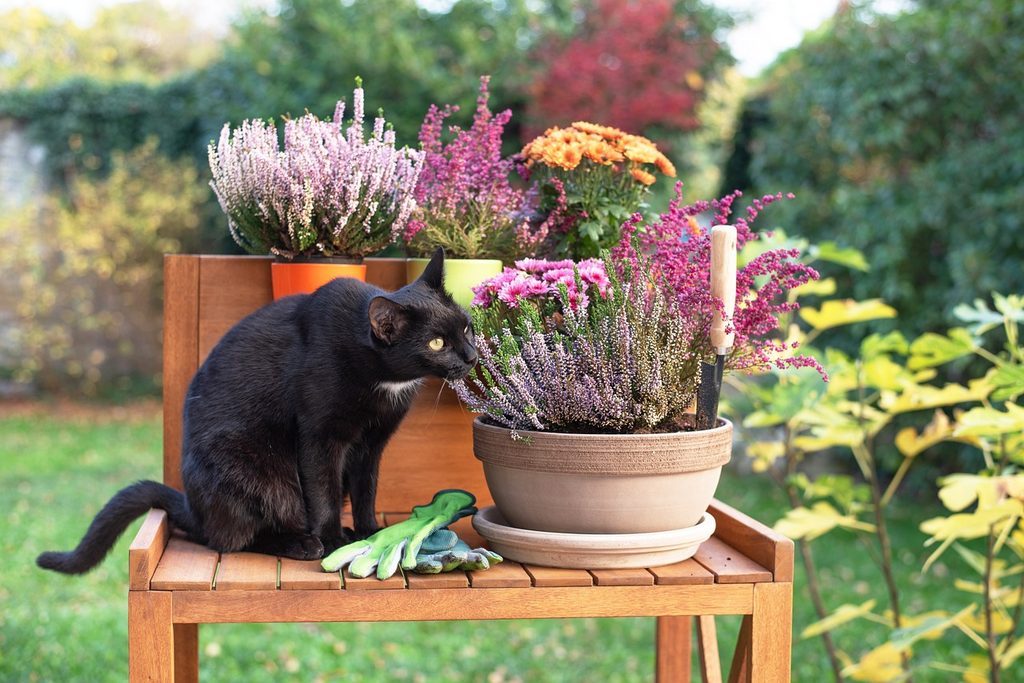
From simple but lovely displays of a single flower to a complicated but elegant bonsai tree, container gardens come in many forms. If you’re facing down an empty spot by a window or on your porch and aren’t sure what to put there, a container garden might just be the best idea. What should your container garden look like, though, and which plants should you choose? No need to be overwhelmed with endless options. We’ve put together five creative container garden ideas to get you started.
(Snap)dragon’s hoard
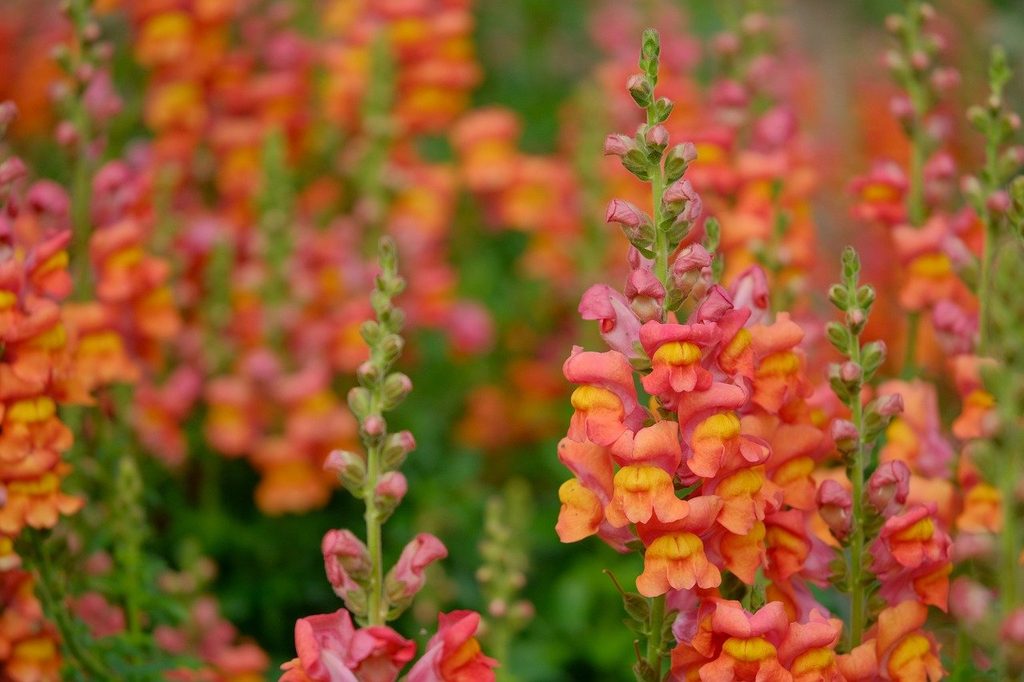
For fans of fantasy, why not create an enchanting display that’s also a fun pun? Start with a cluster of snapdragons in the center of your container garden. Red is traditional for a dragon, but any color of snapdragon will work. Next, assemble the dragon’s hoard around it.
Choose flowers with a similar bloom time that enjoy full sun and moist soil. Gold and orange flowers will create a mountain of gold coins for your dragons to lord over. Marigolds, nasturtiums, and calendula are good choices. Add some small and colorful zinnias or cosmos to the mix to act as jewels, and your (snap)dragon’s hoard is complete.
Dollhouse garden
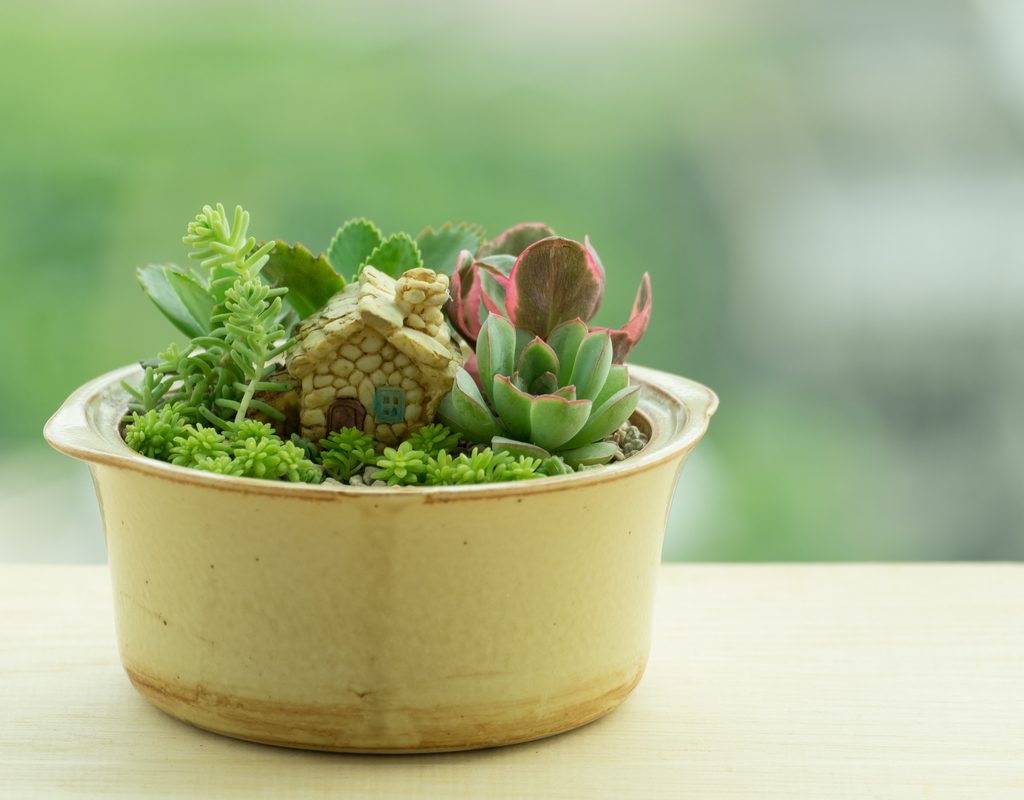
If you love the whimsy of a fairy garden, but aren’t sure it matches your aesthetic, then the more flexible dollhouse garden might be a perfect fit. Like a fairy garden, this is a miniature container garden full of small plants. Moss serves as a perfect base for this, with ferns acting as shrubs or bushes.
Depending on the size of your container and how miniature you want to go, you can add wood sorrel, sedum, pheasant’s eye, and even bonsai trees. Then, decorate your garden with dollhouse furniture. You can change out the decor as often as you want, creating themed gardens for holidays or special events.
Container sensory garden
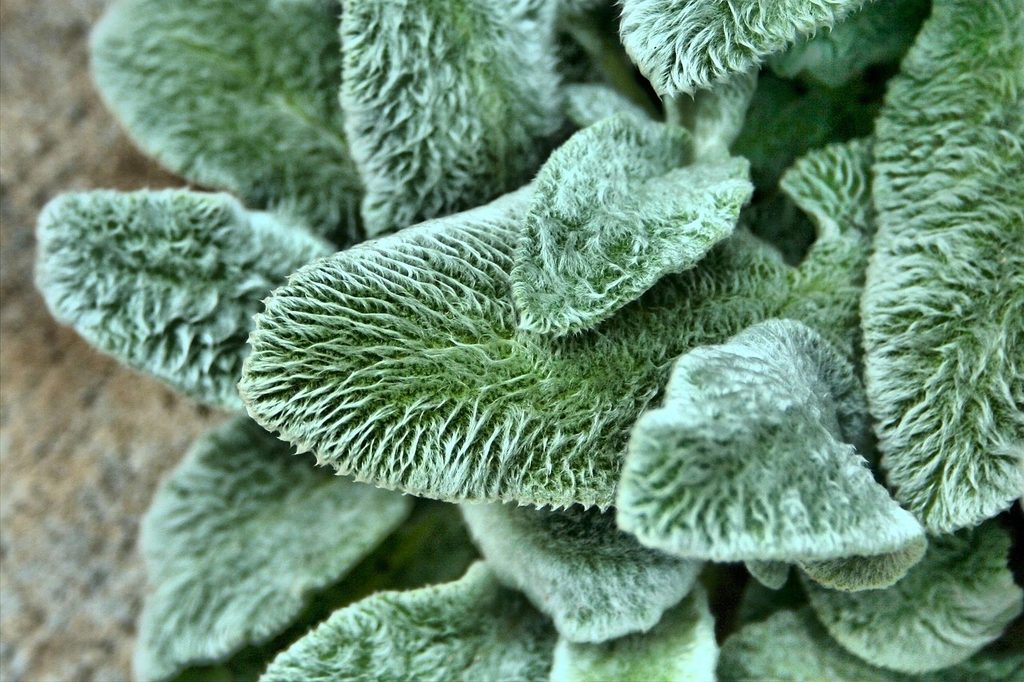
Next on our list of container garden ideas is a container sensory garden. Sensory gardens revolve around plants that engage as many senses as possible. Most gardens engage your senses of sight and smell, but touch, hearing, and even taste can be included in a sensory garden. Since container gardens are smaller, focusing on one or two senses will help avoid crowding the plants or overstimulating the senses.
Plant lamb’s ear and muhly grass to engage in texture. Muhly grass will also make interesting sounds when the wind blows it, as will bamboo. Lavender, sage, and rosemary are good choices for both scent and taste, and any combination of plants will engage your sense of sight!
Living bird feeder

Having a bird feeder on a porch, patio, or balcony is a great way to bolster local wildlife and brighten your day, but refilling them can be a chore. Instead, how about growing a living bird feeder in your container garden? Start with a small shrub that grows berries, like blueberries, junipers, viburnums, or beautyberries. Berry-producing vines like ivy or Virginia creeper can hang over the side of your container as well.
Then, add flowers with seed heads that birds enjoy. Coneflower, black-eyed Susans, coreopsis, and sunflowers will give birds plenty of seeds to snack on. If you have the space, you can even add flowers that produce nectar to attract hummingbirds. Cardinal flowers, penstemon, and petunias are great choices for this.
Punk rock
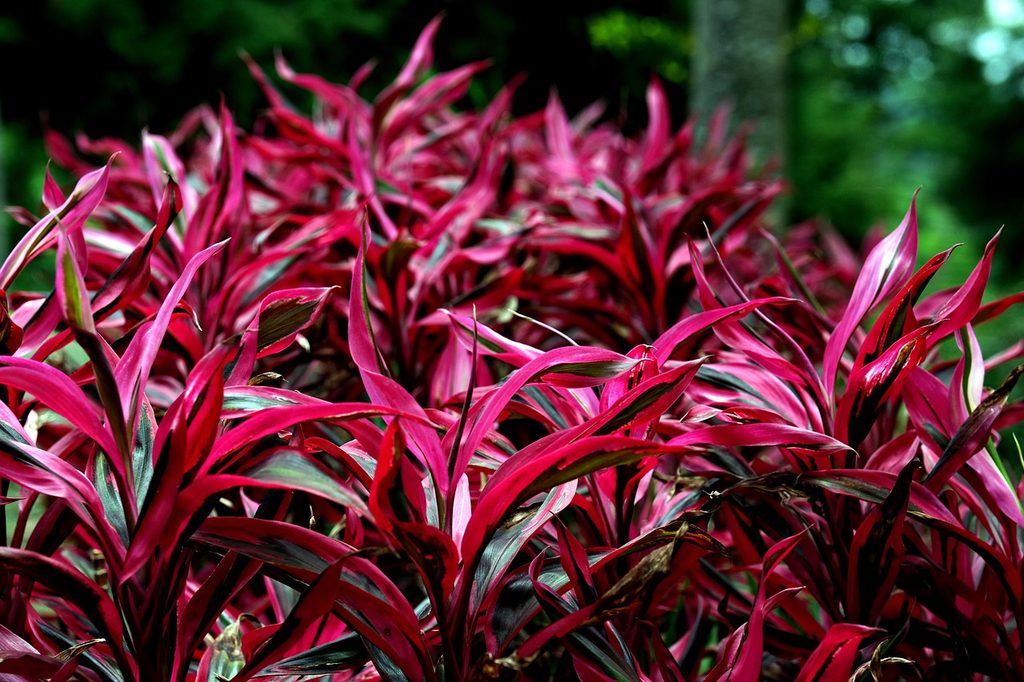
Container gardens don’t just have to be sweet and floral, of course. If none of these container garden ideas fit your aesthetic, then perhaps a punk rock display is more to your liking. Haworthia, dracaena, and ti leaf are tall and spiky, excellent for creating a mohawk or studded jacket effect. You can accent with literal rocks for a neat pun or continue the theme with red, dark purple, and black plants.
Oxalis triangularis, black prince snapdragons, and red trillium add additional angles, while many common flowers, such as dahlias, carnations, and daisies provide a more accessible option. Container choice is important as well. A dark red, purple, or black container will seem unified with the display, while a lighter pot will help your plants stand out. Consider splitting the difference with an old-fashioned gray stone pot.
Hopefully, one of these container garden ideas has sparked your imagination and given you a burst of inspiration for your own garden design. Whether you follow one of these ideas exactly, make a few changes to suit your own tastes, or take off in an entirely new direction, there are plenty of amazing options for your container garden. Why stop at just one? If you can’t pick your favorite, or if you just have extra space that needs filling, you can have as many container gardens as you want!


